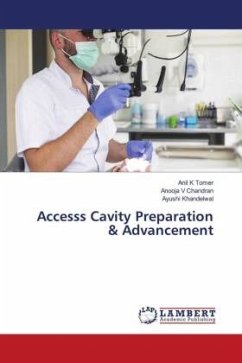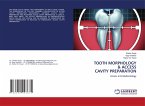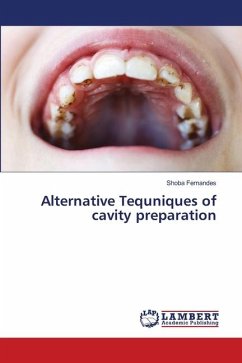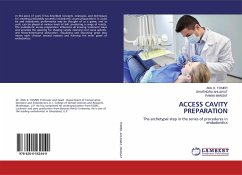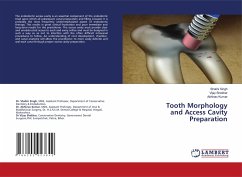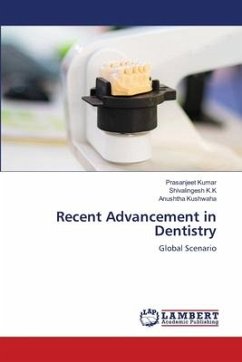An endodontic access cavity (EAC) is the first step in nonsurgical endodontic treatment. The objectives of an access preparation have been established for several decades, which are to remove any caries, deroof the pulp chamber, locate all of the canal orifices, and establish straight-line access to the canals while also conserving the remaining tooth structure. Currently, the use of minimally invasive treatments is adopted in the medical and dental fields given the technological advancement in applied sciences, magnification, and imaging techniques. For instance, the dental operating microscope has enhanced visibility and allowed the endodontic treatment to be more conservative and predictable. Similarly, cone-beam computed tomographic (CBCT) imaging has increased the detection of extra canals and complex anatomic variations.Minimally invasive access cavity preparations have been proposed in endodontics with the aim of preserving the pericervical dentin. Because the pericervicaldentin functions as a stress distributor, preserving it may potentially improve the resistance to fracture.
Bitte wählen Sie Ihr Anliegen aus.
Rechnungen
Retourenschein anfordern
Bestellstatus
Storno

